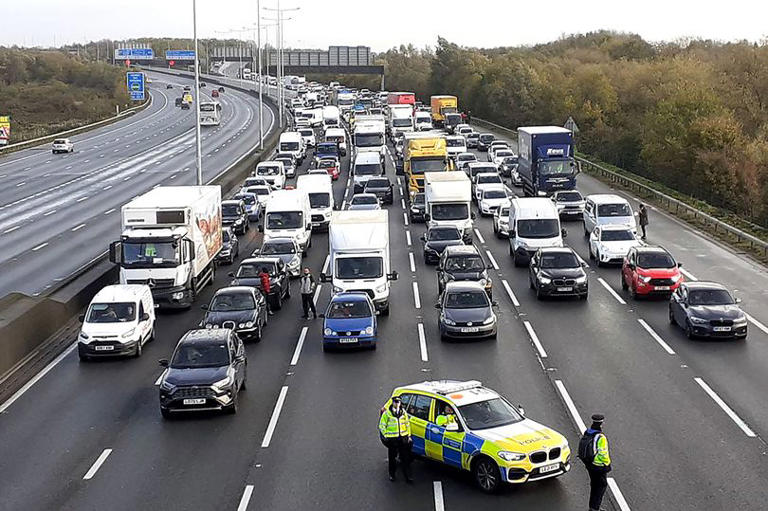Journey through Surrey's finest pubs, from historic inns to award-winning gastropubs, and uncover where your next memorable pint awaits.
In a significant move aimed at ensuring public safety and maintaining order, the High Court has extended an injunction designed to prevent protests from disrupting traffic on the M25. The legal extension comes amid growing concerns over recent demonstrations that have significantly impacted one of Britain's busiest motorways.
Implications of the Extended Injunction
The extension of this court order underscores the gravity of the situation and the authorities' commitment to preventing further disruptions. With immediate effect, the High Court's ruling makes it categorically clear that anyone found blocking the M25 can now face stringent legal repercussions, including imprisonment. This development marks a decisive stance against activities that threaten both public safety and the free flow of goods and services.
Recent History of M25 Protests
In recent months, the M25 has seen a series of coordinated protests by environmental activists and various other groups, causing substantial delays and posing potential risks to both drivers and emergency services. These disruptions have sparked widespread debate, with critics arguing that such actions endanger lives and cause unacceptable inconvenience to the general public.
Legal and Public Reactions
The extension of the High Court injunction has been met with mixed reactions. Law enforcement agencies and many commuters have expressed relief, welcoming the decision as a necessary measure to ensure the motorway remains accessible and safe. On the other hand, protest groups argue that their right to demonstrate is being unduly restricted, voicing concerns that the court's ruling curtails freedom of expression.
Future of Protests and Legal Enforcement
The extended injunction sets a legal precedent that might influence how future protests are managed across the United Kingdom. By enforcing such strict measures, the judiciary sends a clear message about the limits of lawful protest, especially when it intersects with public infrastructure and safety.
Moving forward, the focus will be on balancing the rights of individuals to protest with the overarching need to maintain public order. As the debates continue, it is crucial for all stakeholders to engage in constructive dialogue to find sustainable solutions that address the root causes of these demonstrations while safeguarding the interests of the wider community.
Conclusion
The High Court's decision to extend the order preventing protests on the M25 is a pivotal moment in the ongoing discourse surrounding civil disobedience and public safety. While the road ahead may be complex, this ruling highlights the importance of upholding law and order in a way that acknowledges the diverse perspectives within society. As these issues unfold, The Daily Post remains committed to providing comprehensive coverage and insightful analysis.
